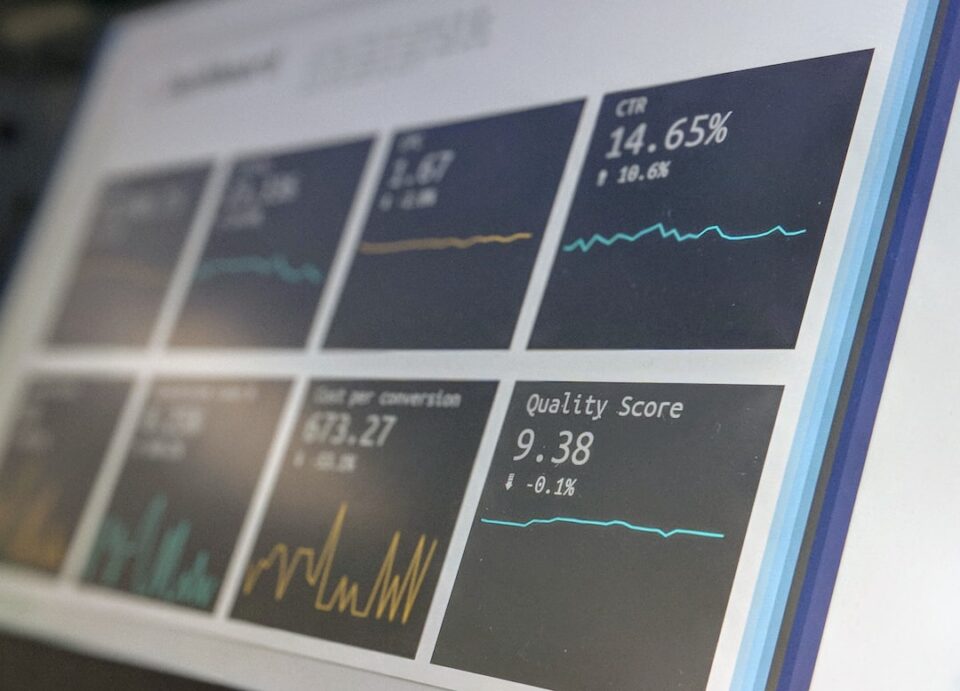Augmented Reality (AR) has rapidly become one of the most exciting technologies in recent years, transforming the way we interact with the world around us. From gaming and entertainment to education and healthcare, AR has revolutionized numerous industries. One such area where AR is making a significant impact is experiential marketing.
Experiential marketing is all about creating memorable experiences that engage and connect with consumers on a deeper level. It aims to establish an emotional connection between brands and their target audience, immersing them in a unique and interactive experience. And this is where AR truly shines.
One of the main advantages of AR in experiential marketing is its ability to bridge the gap between the virtual and physical worlds, providing a seamless integration of both. Unlike virtual reality, which completely immerses users in a simulated environment, AR enhances the real-world environment by overlaying digital information and content onto it.
This technology allows brands to bring their products and services to life, making them more tangible and interactive. For example, a cosmetic brand could use AR to create a virtual makeup try-on experience, allowing customers to virtually try different shades and styles before making a purchase. This not only enhances customer engagement but also reduces the need for physical samples, saving costs and resources.
AR also enables brands to create personalized experiences that cater to each individual’s preferences and needs. By using a smartphone or wearable device, users can access unique AR content tailored specifically for them. This customization not only enhances user engagement but also helps brands gather valuable insights and data on consumer preferences, allowing them to refine their marketing strategies.
Furthermore, AR can create a sense of novelty and excitement, making consumers more likely to remember and share their experiences with others. This word-of-mouth marketing can significantly boost brand awareness and reputation, as people are more likely to trust recommendations from friends and family than traditional forms of advertising.
One sector that has greatly benefited from the integration of AR in experiential marketing is the retail industry. AR-powered apps enable customers to virtually try on clothes, visualize furniture in their homes, or even browse through virtual stores. This not only enhances the overall shopping experience but also helps bridge the gap between online and offline retail, encouraging consumers to make purchases.
AR has also opened up new avenues for advertising and promotion. Brands can create interactive AR campaigns and installations in public spaces, engaging passersby in immersive experiences that leave a lasting impression. This can be particularly effective for product launches, events, or trade shows, where brands can leverage AR to stand out from the competition and create a buzz.
In conclusion, augmented reality is transforming the field of experiential marketing. By creating immersive, interactive, and personalized experiences, AR helps brands establish a deeper connection with their target audience, ultimately driving customer engagement and loyalty. With its ability to blur the lines between the physical and virtual worlds, AR has unlocked endless possibilities for brands to captivate and inspire consumers in ways never seen before. In the coming years, we can expect AR to play an even more significant role in shaping the future of marketing.

